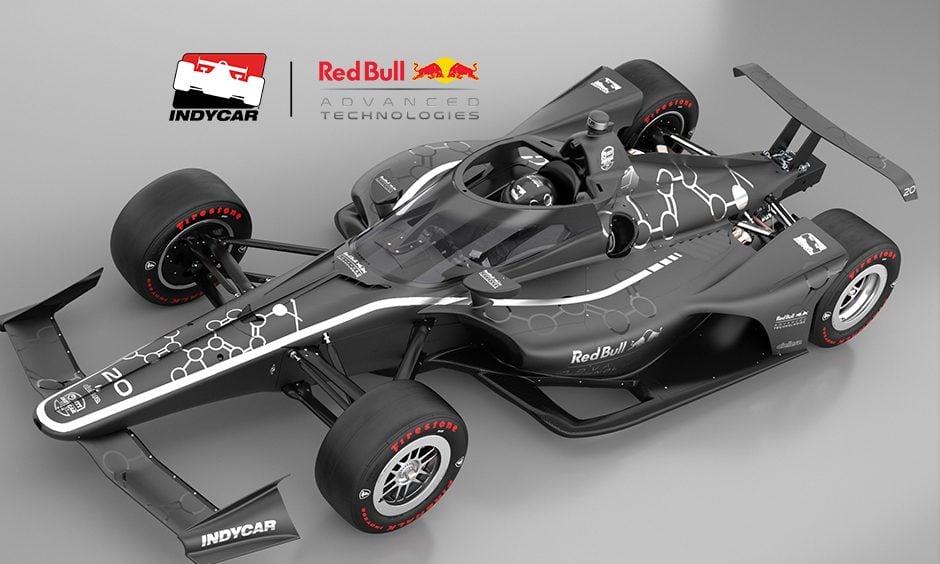Tired Tyres
Premium
- 12,904

- West Yorkshire
- Tired_Tyres
- Tired Tyres
Lose the diffuser, fit single element wings with zero winglets on the body. Give them big slick tyres and no compusary pitstops.
Formula Ford
motorcycles
historic racing..
The point is that aero isn't just a nice-to-have, it's a must-have. The answer isn't to remove all the wings, specify standard floors and make sure that the bodies are all aero-neutral, it's to ameliorate the worst wake effects of the car to allow closer racing.
 Or the currently proposed 2021 regulations, if they work like they are supposed to.
Or the currently proposed 2021 regulations, if they work like they are supposed to.The vote was tied on returning to 2018-spec tyres, it seems the season will continue on 2019 spec.

I think people get a bit dewy-eyed over previous eras of F1 racing. I've been watching since the 70's and i can recall that you still had dull races and dominant teams back then. Difference is that reliability was much more of an issue then it is now. A lot of the modern era's reliability comes from the huge budgets the teams have to spend on R&D. You can't just (literally) go back to the drawing board and ban the use of CAD, CNC machining and fluid dynamics simulators etc. They're here to stay and it means racing cars will continue to be largely reliable. It's not just F1, you see it at Le Mans too. What used to be the proverbial race of attrition where for much of a race the teams, even winning teams, would be nursing an ailing car to the finish line, is now a sprint from start to finish.
Take the earlier mentioned 1974 season. Lauda and Regazzoni in the Ferraris dominated qualifying with poles on 10 or 15 rounds, yet only won 3 of the races. You read a report of the season and you see that for at least half the races they retire due to reliability issues or crashes and punctures down to other cars reliability issues leaving debris on the track. You just don't get that these days.
If you want the sort of exciting Grand Prix racing you had back when Grand Prix racing was exciting. You're going to want chassis designed and drafted on a drafting table with slide-rules and built in Russia. Tyres (remolded) from China, 70's Lucas electronics and aerodynamics guest as what looks like might work and then fabricated in an old cowshed.
Then, and only then, will you get the unpredictability that led to the interesting and exciting two hour Grand Prix of yesteryear.
I like that look. Wonder how F1 would apply a canopy in wet conditions. Add LEDs to the mirrors.It's a promising start. The FIA basically adopted what IndyCar accomplished with Dallara's 2018 IndyCar Universal Aero Kit.
They should also extend the sidepods to be flush with the wheels to prevent cars from interlocking wheels (which is what IndyCar did back in 2012). Not only did that improve safety in IndyCar, it also improved racing by letting drivers race side by side more often.
Eliminating tire warmers would also save F1 teams money and let F1 drivers show off their driving skills on cold tires.
Finally, I also hope they adopt IndyCar's Red Bull aeroscreen. This is what the 2020 Dallara-Honda IndyCars and 2020 Dallara-Chevrolet IndyCars will look like.

Both IndyCar and F1 teams can just do what every other closed cockpit racing series does; coat the aeroscreen with RainX and go racing.I like that look. Wonder how F1 would apply a canopy in wet conditions. Add LEDs to the mirrors.

I like that look. Wonder how F1 would apply a canopy in wet conditions. Add LEDs to the mirrors.
I know it won't happen, but I'm digging the wheel covers on that test mock-up. They remind me of the old Turbo wheels...I'd love to see that return
I assumed that was a thing used in the 80's-90's because people didn't have all the aerodynamic info.
So, they will be 3 to 3.5 seconds per lap slower, and surely make for easier passing. Combine that with 25 shortened weekends and you can imagine the character of the sport changes somewhat.
Bearing in mind superlicensing rules are being liberalized - hopefully becoming even more so - and assuming the rules and regulation changes are effective as intended, then I think we can anticipate the most jumbled up and unpredictable results seen in many years.How so?
.ban wings, but allow AWD? There’s your road relevance for every who’s hung up on that notion.